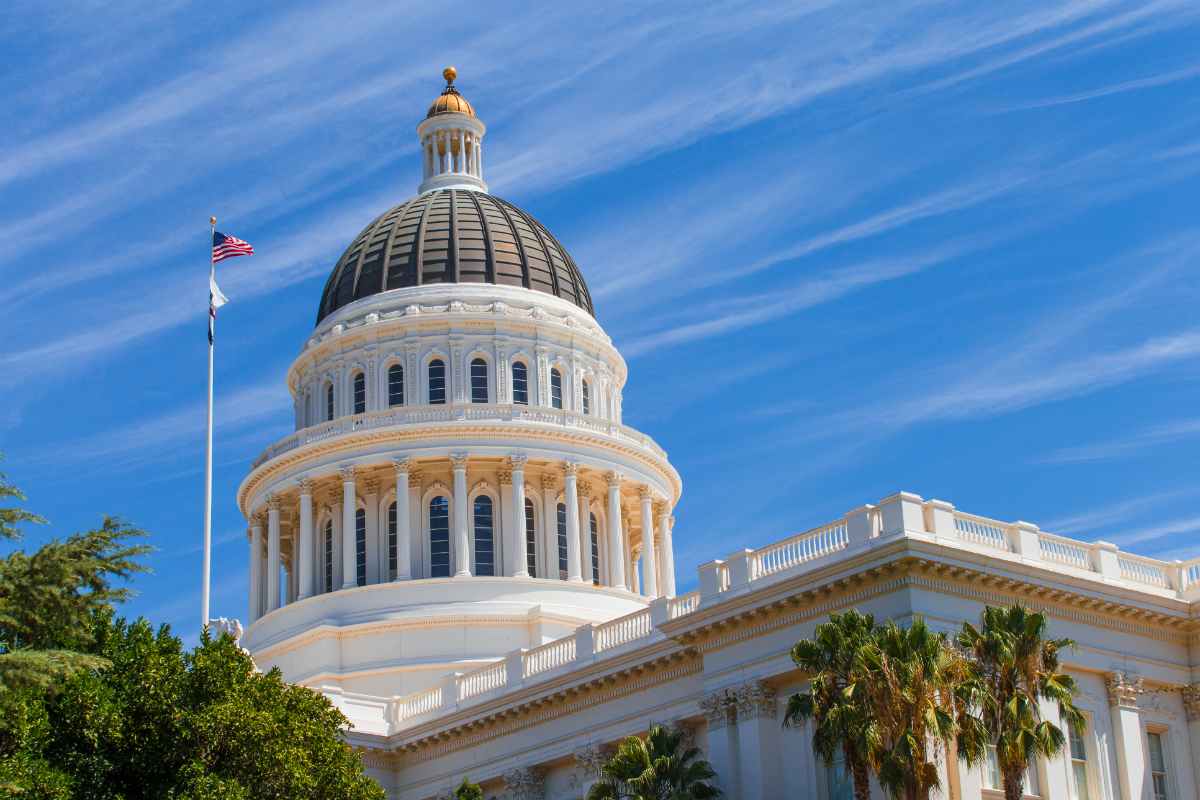Analysis conducted by the Education Commission of the States (ECS) and the National Governors Association of 42 State of the State addresses found six common trends in state education-related proposals regarding career technical education (CTE), funding, mental health, early education and more.
Workforce development and career technical education
Governors in at least 36 states and the U.S. Virgin Islands mentioned CTE and workforce development during their addresses, often stressing the importance of providing students with options for a clear, well-supported pathway into their careers. Ways to expand pathways into in-demand fields including health care, teaching and more were also common.
K-12 funding
At least 32 governors expressed a need to invest more funding into K-12 education, with some mentioning reforms to K-12 funding with targeted efforts to support specific student populations. K-12 funding has continued to be a top priority for governors for over 10 years, according to ECS.
Educator workforce
At least 27 governors mentioned teacher recruitment and retention or increasing teacher compensation as a means of building a strong teacher workforce, as well as creating new pathways into the classroom.
Early education
This year, at least 25 governors called for the expansion of preschool and/or transitional kindergarten and child care services, with some mentioning financial relief opportunities for families to better serve children in their states.
Academic achievement and literacy
California Gov. Gavin Newsom was among the 25 governors who addressed academic achievement and literacy through initiatives including intensive tutoring, increased funding for academic progress plans and efforts to support comprehensive testing plans. Governors also stressed the importance of focusing on early literacy and the importance of using updated literacy instruction to improve reading outcomes.
Newsom mentioned budgeting $25 million to support training educators to administer literacy screenings and $20 million to develop and provide training for math coaches and leaders who can provide training and support to math teachers.
Physical and mental health
At least 20 governors discussed efforts to provide quality health and wellness services for students and school personnel. Some focused on student mental health, proposing plans to expand the access of quality mental health services in school settings, while others discussed efforts around suicide prevention, ensuring students have access to healthy nutrition options and more.
In California, Gov. Newsom proposed $4.7 billion for children and youth behavioral health and $4.1 billion for community schools.
Other topics frequently mentioned included expanding school choice across multiple issue areas, including choice/open enrollment, school vouchers, charter schools and tax credit scholarships (19 governors), and postsecondary affordability. At least 15 governors highlighted efforts to decrease the cost of higher education for students and to establish loan forgiveness programs for specific populations or career pathways.
An interactive map provides complete summaries of education policy priorities outlined in each governor’s State of the State address. The full report is available here.





